Since the the goal of reaching the carbon emission peak was put forward, China’s energy and building materials fields have been looking for a lower carbon and cleaner development mode. With the carbon neutrality goal proposed, the related fields have been highly concerned by the community.
China Building Material Test & Certification Group Co., Ltd. (hereinafter referred to as “CTC”) and Solarbe jointly held a technical seminar on “Carbon Emission Peak and carbon neutrality of Photovoltaic + Building Materials”, bringing renewable energy enterprises and building materials enterprises together to explore the scientific path to get rid of high energy consumption, and help the building materials industry realize green, clean and low-carbon development.
Guests from relevant industries made speech respectively.
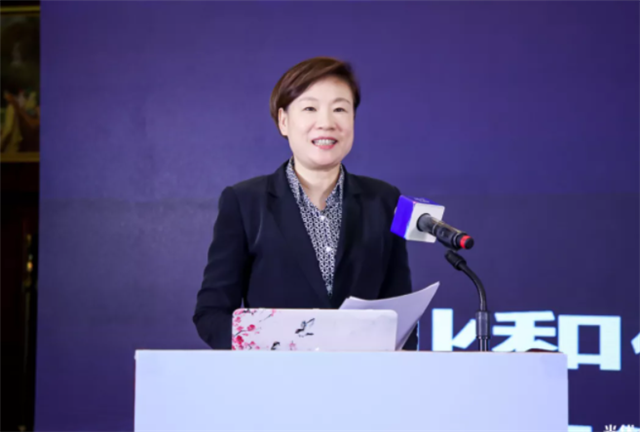
Zheng Hong, Director of International Economic and Technological Cooperation Center, Ministry of Industry and Information Technology, and Vice president and Secretary General of China Green Supply Chain Alliance
Zheng Hong said that first of all, we should adhere to integrated development. Through the construction of exchange and interaction platform of government, enterprises, universities and other research institutes of building materials and photovoltaic industry chain upstream and downstream, to guide the cooperation of government-industry-university-research to promote technological innovation and service mode innovation.
Secondly, adhere to the development of the whole cycle. Considering the impact of design, production, use, recycling and other aspects on the environment, taking photovoltaic application as the breakthrough point, driving the energy conservation and emission reduction of building materials industry chain, to improve the green level of the whole life cycle.
Zheng also suggested to adhere to open development. Make good use of the platform advantages of the alliance building materials and photovoltaic special committee, further strengthen international exchanges, strengthen the communication between domestic and foreign industries and reduce the risk of experience through conference forums, exhibitions and special training, and work together for the cooperation and development of the global building materials and photovoltaic industry chain.
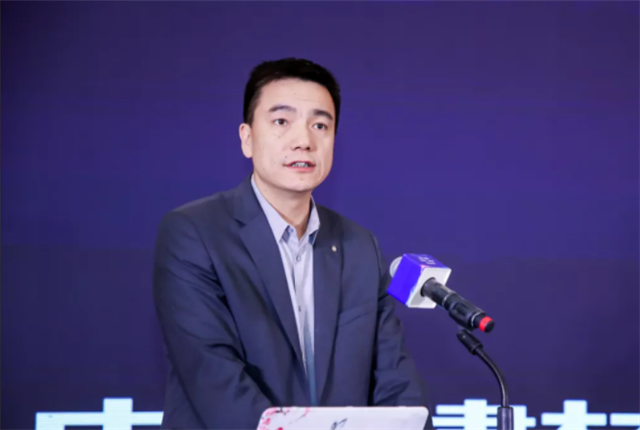
Zhu Lianbin, General Manager of CTC
In January this year, the China Building Materials Federation issued an action proposal to promote the carbon emission peak and carbon neutrality of the building materials industry, proposing that the building materials industry will achieve the carbon emission peak in 2025 and the cement industry will strive to realize it in 2023. Zhu believed that this will accelerate the integrated development of building materials industry and photovoltaic industry, and effectively promote the traditional building materials industry to achieve carbon emission peak and carbon neutrality.
Realizing the “dual carbon” goal requires the acceleration of integration, joint exploration and joint efforts of various chain entities of the industry. Only in this way can the goal be realized as soon as possible.
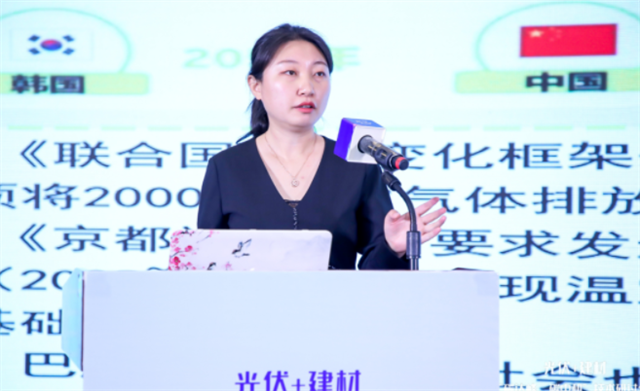
Li Chen, Deputy Secretary General of China Cement Association
In January of this year, the Ministry of Ecology and Environment issued the guidance on coordinating and strengthening the work related to climate change and ecological environment protection, which clearly stated that the action of carbon emission peak will be included in the central environmental protection supervision, and the assessment and evaluation of local carbon emission peak action will be carried out. Now our industry is also actively working out the action plan roadmap.
In April, the general office of the Ministry of Ecology and Environment issued the guiding opinions on the prevention and control of ecological environment sources, which proposed to launch the two high-tech projects in a tight, strict and practical way, which means that the traditional industries will have new development for the new energy industry. It is a political requirement, which fully considers the target constraints of regional industries to achieve carbon emission peak, so as to provide decision support for the relevant planning of the two high-tech industries.
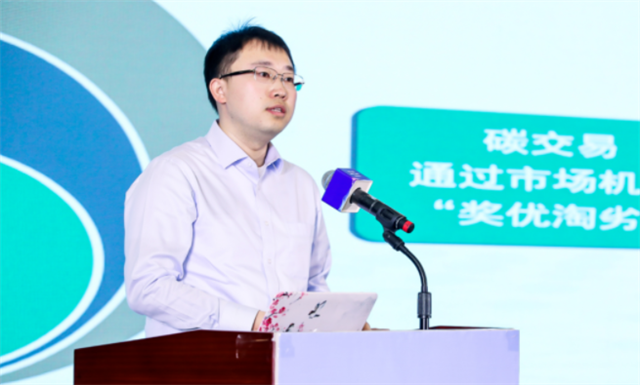
Zou Yi, Assistant General Manager of China Beijing Green Exchange
Zou said that carbon market is a market mechanism for controlling greenhouse gas emissions in order to cope with climate change and achieve carbon emission peak and carbon neutrality. In short, the carbon market can be both incentive and constraint. No matter for the photovoltaic industry, cement industry, or other industries, it can restrict everyone’s emissions, and at the same time, it has a certain incentive effect on the enterprises that do well in the new technology. Specifically, it is to carry out market transactions on the premise of setting the total amount, so as to achieve incentives and constraints, and guide the investment in low-carbon energy and clean energy.
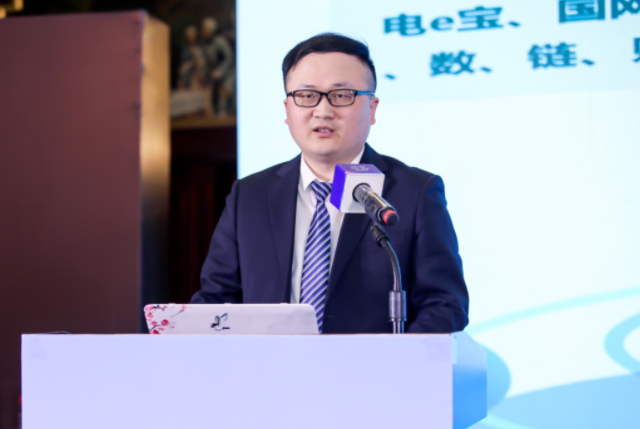
Qin Yuchen, General Manager of Photovoltaic Monitoring Division of State Grid New Energy Cloud
Qin said that, there is no one to develop CCER carbon asset emission reduction for distributed energy power stations with many points and wide areas. Due to the long cycle and high cost, domestic owners have not found the corresponding channels to carry out business. In the aspect of certification, a few domestic certification bodies are difficult to support and lack of strength. The follow-up monitoring and tracking also need corresponding monitoring support. In the aspect of data, offline data collection and statistics based on traditional mode all consume a lot of labor costs and are prone to make mistakes, which is the status quo we have to face. State Grid New Energy Cloud hopes to give play to its first mover advantage in the field of energy and power, and provide more services around the panoramic display of carbon neutrality, the whole process management of carbon assets, and the total factor services of carbon market.
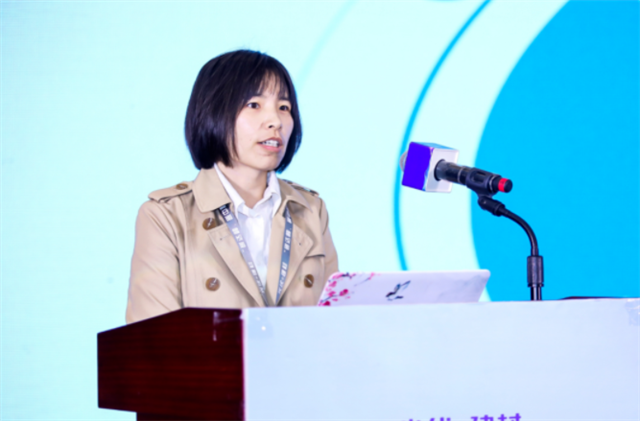
Zhao Jinlan, deputy director of Energy Conservation and Emission Reduction Department of Accreditation and Evaluation Center, CTC
The third party examination and certification of CCER project mainly includes assessment, preparation of project design documents, examination and approval, submission of application, examination, filing, preparation of test report, certification, issuance and other links. The output of CCER is the emission reduction after the project has been running for a period of time. CCER is certified and issued by a third party organization. The role of CCER is the same as the quota in the pilot trading market. It is also a product and a carbon asset.
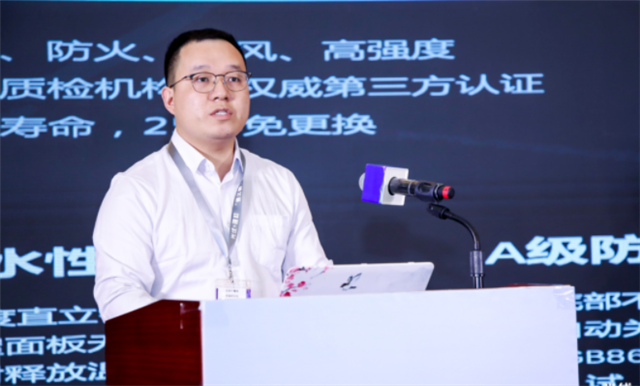
Bao Jiaxing, Product Marketing Director of LONGi New Energy Technology Co., Ltd
Bao said that photovoltaic power generation will become the main measure to promote carbon neutrality. It is expected that the new installed capacity of photovoltaic power generation will double during the 14th Five Year Plan. As the main mode of photovoltaic power generation, distributed photovoltaic will become the fastest growing and fastest developing power generation type in the next 20 years. At present, many cities in China have launched green building and BIPV support policies, and many other cities have carried out BIPV pilot construction.
Last year, LONGi launched a new BIPV product, LONGi Roof, which can be a green power resource, a second production line for enterprises to manufacture carbon emission quotas and CCER, and a way to achieve carbon neutrality. In his opinion, BIPV focuses on roof first, and then the power generation function. Therefore, the definition of LONGi Roof is excellent building materials products.
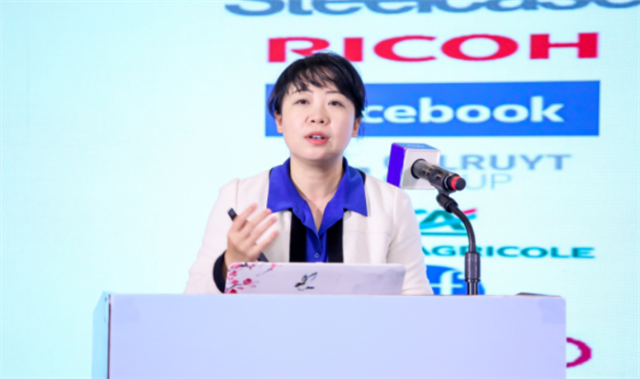
Peng Peng, Secretary General of China New Energy Power Investment and Financing Alliance
The dual carbon goals are difficult for China to realize. On the one hand, China is still a developing country with a per capita GDP gap compared with developed countries. On the other hand, we don’t have much time. The gap between China’s two major goals of carbon emission peak and carbon neutrality is only 30 years, while that of European countries is generally between 35 and 40 years. In addition, we have only 10 years left to realize the first goal, so there is a lot of pressure.
Green power is the most important way for most enterprises to achieve carbon neutrality. If China can control the growth momentum of coal power installation and power generation during the 14th Five Year Plan period, and cooperate with the new business model of renewable energy, it can lay a good foundation for the carbon emission peak during the 14th and 15th Five Year Plan.
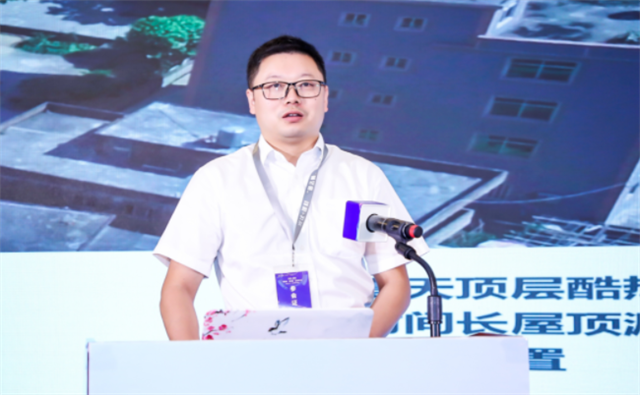
Chen Shengjin, Technical Quality Director of Chint
Chen said that developing photovoltaic is not the purpose, but for carbon asset management, that is, sustainable development management. Our business covers more than 500 counties and nearly 300 million people. The Chinese people are generally willing to respond to the call of the state, actively install new photovoltaic energy, achieve carbon emission reduction, and actively install within the acceptable range.
Chint is able to provide full life cycle support for the household photovoltaic system, guarantee the end-user experience through a powerful integrated management platform, and maintain the reputation of the household photovoltaic industry.
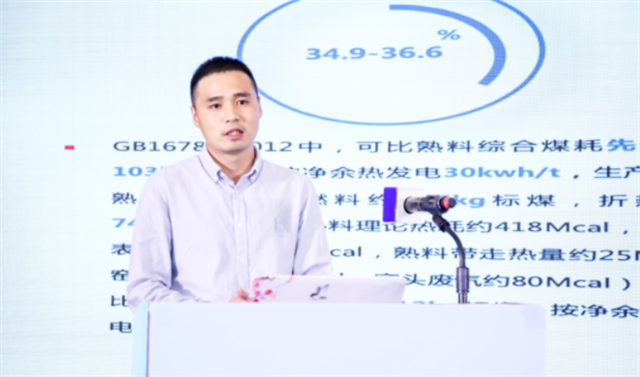
Zhang Xu, Director of Sustainable Development Department of Huaxin Cement Co., Ltd
At present, the overall emission of cement industry accounts for about 13% of the world, and the emission of nitrogen oxides accounts for 6-9%. For this industry, the core of controlling carbon emissions is to reduce the emissions of the process sector. Process emissions account for 60% of the production process emissions, mainly the decomposition of carbonate, if there is no alternative to cement materials or technological innovation, emission reduction space is very limited. Our foothold is the decline of fossil fuels. We can achieve emission reduction by calcining in cement kilns and replacing traditional fuels with domestic waste. In terms of electric power, through the application of green power, the emission reduction in the process of cement kiln calcination can also be realized.
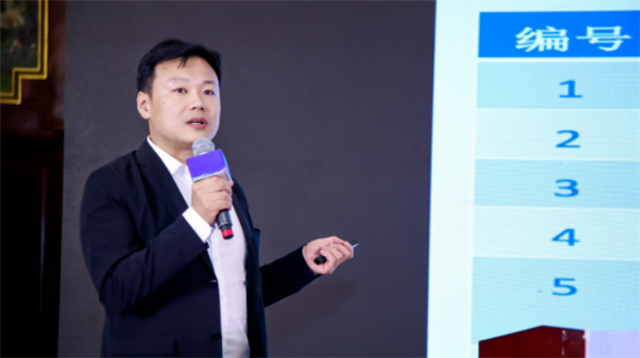
Mao Tao, Director of Institute of Energy Resources and Environment, International Economic and Technological Cooperation Center of Ministry of Industry and Information Technology
Mao said that in 2020, China’s greenhouse gas emissions was about 10 billion tons, 80% of which was carbon dioxide. According to relevant research, if the average annual economic growth rate of China is less than 5.5%, carbon emissions are expected to reach the peak in 2025, with a peak scale of about 10.8 billion tons. In the case of high economic growth, China’s carbon dioxide emissions are expected to enter the platform period during the 15th Five Year Plan period, with a peak value of more than 11.1 billion tons, which will bring greater pressure to the “carbon neutrality” work.
In addition, China’s ecological environment protection will enter a new stage of collaborative governance of pollution reduction and carbon reduction during the 14th Five Year Plan period. On the one hand, we should lay a good foundation for greenhouse gas emission reduction through emission standards, energy consumption quotas, energy efficiency labeling, total amount control, energy conservation supervision, energy conservation review of fixed asset investment projects, and energy conservation management of key energy users. On the other hand, we should speed up the pace of greenhouse gas emission reduction through specialized emission reduction tools such as contract energy management, energy-saving volume trading, energy use right trading, carbon emission right trading, as well as relevant market-oriented means such as green tax, green finance and green procurement.
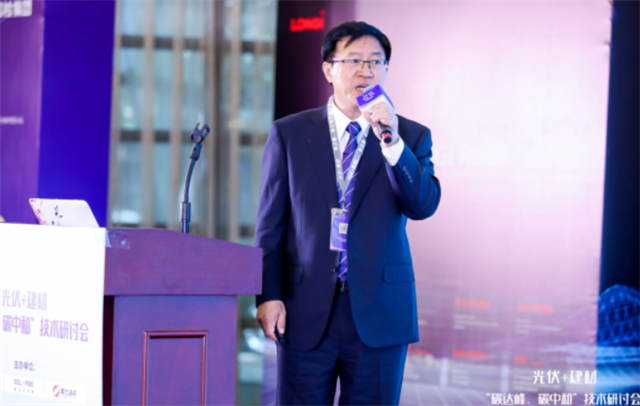
Zhang Shaofeng, Director of Hebei Chitian Material Technology Group Co., Ltd
Cold roof is a kind of roof that can reflect the heat and emission of sunlight into the air instead of absorbing and transmitting it into the room, so as to reduce the indoor temperature and the power consumption of air conditioning and ventilation equipment. Compared with the common dark roof, the outer surface temperature of cold roof can be reduced by 12-16 degrees, the inner surface temperature can be reduced by 5-7 degrees, and the room temperature can be reduced by 1.5-2.5 degrees. The solar reflectance of building roofs in urban built-up areas increased by 0.6, equivalent to offsetting 880 million tons of carbon dioxide in the atmosphere.
After more than ten years of exploration and efforts, Chitian in cooperation with North American research institutions, has developed solar light reflective materials for metal roof, asphalt roof, reflective wall and photovoltaic power generation bottom. Among them, high reflective material of asphalt roof has steadily occupied the North American market.
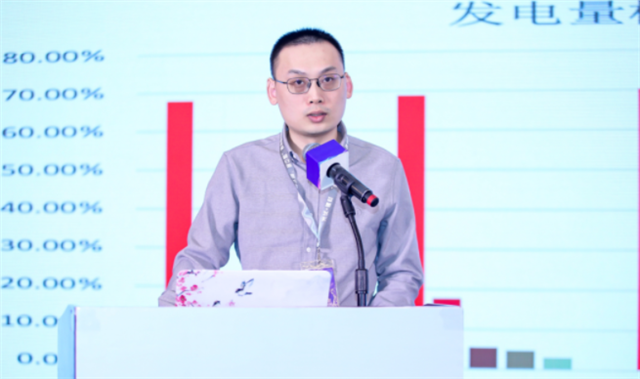
Sun Mingguang, Regional manager of Datang Carbon Asset Co., Ltd
The carbon market first brings thermal power into emission control enterprises, and limits its emissions, which is simply carbon emission right. In addition, with the introduction of CCER mode, the emission reduction of renewable energy relative to thermal power is also introduced into the carbon market, which is organically combined to help the power generation industry transform from thermal power to new energy faster through market means.
The carbon asset management is realized through the following four aspects: firstly, improve management to achieve detailed management and implement responsibility and obligation. Secondly, establish a system, carbon management should be integrated into the whole enterprise management framework to form a system. Thirdly, actively respond to the changes of the country and the overall operation of the carbon market, including the different green and low-carbon related market mechanisms, including policy mechanisms, prepared in advance and adapted in advance. Fourthly, scientific layout, make production and operation decisions and medium and long-term planning according to the policy guidance of green development, so that the enterprises can develop smoothly in the future.
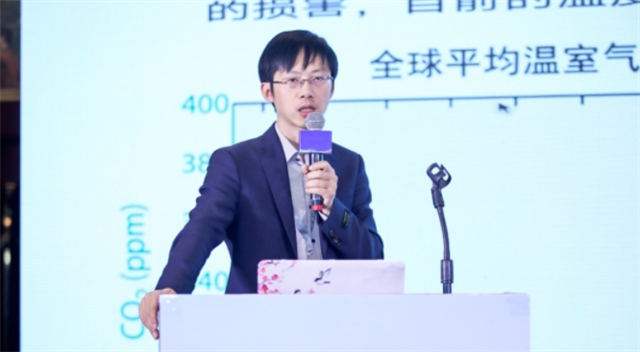
Wang Jun, Director of Carbon Asset Management of Sichuan Yongxiang Co., Ltd
Photovoltaic is the biggest beneficiary of the goal of “carbon emission peak and carbon neutrality”. According to the relevant planning, the leaders put forward that the installed capacity of wind power and photovoltaic power will be 1.2 billion kilowatts by 2030, which is a minimum target. We are more optimistic that the cumulative installed capacity of wind power and photovoltaic power will be 2 billion kilowatts by 2030.
Other industries need the support of photovoltaic industry for carbon neutrality. They need to build photovoltaic power stations to offset their carbon emissions. Therefore, only photovoltaic can achieve carbon neutrality and net zero emission, then no one can achieve it. According to the calculation, the energy consumed in the manufacturing process of photovoltaic system can be completely offset in only six months, and the life of photovoltaic system is at least 25 years, so it is necessary to strengthen the publicity and implementation to the public.
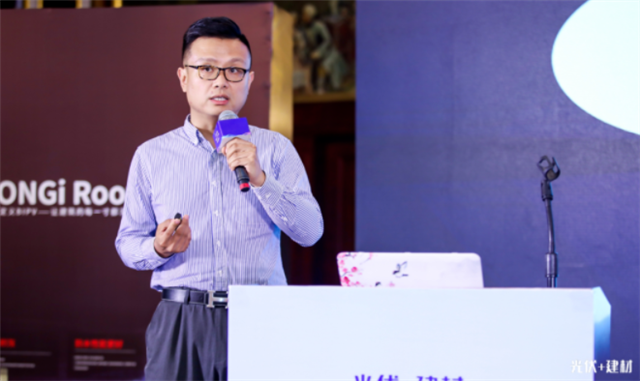
Wang Chong, Director of new energy industry of digital products business group, China Building Materials Information Technology Co., Ltd
The biggest challenge for cement enterprises is energy consumption, which accounts for 40-70% of the production cost of one ton of cement. Although the comprehensive energy consumption has declined in the past decade, the comprehensive power consumption level has not declined. According to statistics, 7% of carbon dioxide emissions come from the cement industry, and the task of carbon reduction is arduous. As the carbon trading market becomes more and more active in the future,
In addition to green electricity, but also to reduce the cost of electricity. Cement enterprises can build distributed photovoltaic power stations for their own use. They can control the production through the clean energy intelligent management and control platform, and coordinate the source network load storage control, so as to reduce carbon emissions, improve production efficiency and reduce costs.
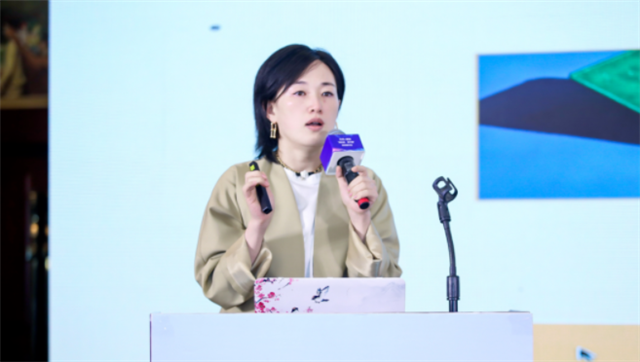
Kong Qingxi, CEO of Beijing Taiming Jiye Investment Consulting Co., Ltd
In the past 20 years, China’s economy has developed very rapidly, and the process of urbanization has accelerated significantly. In this process, China has used a large number of concrete building materials to build buildings. In the first 16 years of the 21st century, the total amount of concrete used in China is six times that of the United States in the whole 20th century. As we all know, the production of one ton of cement will emit one ton of carbon dioxide. Therefore, the carbon emission data of China in the past 20 years is very astonishing.
From the perspective of some pilot projects, some backward cement manufacturers have withdrawn from the market and gradually moved out of major cities under the pressure of carbon market. In the future, they need to achieve emission reduction through technical means. At the same time, they need to realize the transfer of green premium from the perspective of the industry, and they need to formulate some rules to ensure the procurement of green building materials.
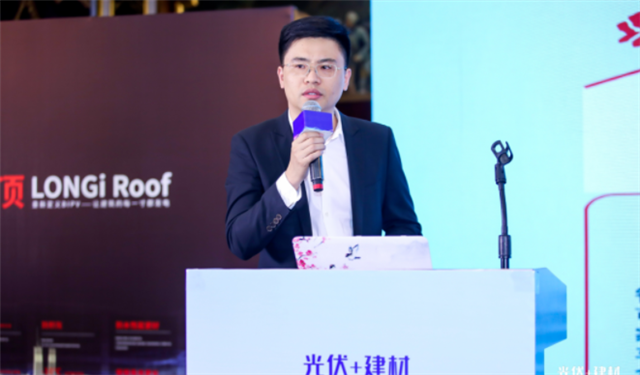
Li Shenghui, Director of Green Power Development Department of Huawei’s intelligent photovoltaic business in China, Huawei Technology Co., Ltd
On the power generation side, Huawei has intelligent photovoltaic solutions, including efficient power consumption, site energy and data center energy, to achieve green energy consumption and energy saving. On the power side, there are vehicle power supply, charging pile and module power supply. On the power side, the utilization efficiency of the whole energy is brought into full play. These two revolutions overlap each other. Digital energy will be a strategic investment of the company this year, and there will be important releases in the future.
The core logic to achieve carbon neutrality in the future is as follows: the cost of per kilowatt hour electricity of photovoltaic is basically lower than that of thermal power; the commitment of global economies to “achieve carbon emission peak and carbon neutrality”; the sustained growth of China’s economy drives the growth of power demand; from the perspective of energy security, replacing traditional fossil energy with silicon and solar energy is the general trend of energy revolution.


